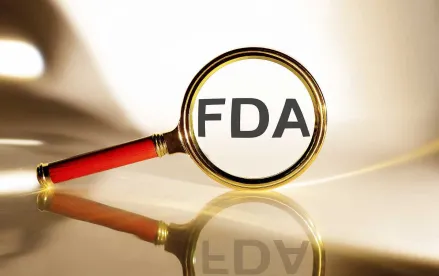The U.S. Food and Drug Administration (“FDA” or the “Agency”) has issued a final report discussing the results of its Software Precertification Pilot Program (the “Pilot Program”). Importantly, the September 26, 2022 report concludes that rapidly-evolving medical device software technologies could benefit from a new FDA regulatory framework. But, such a new paradigm would require federal legislative action.
The Pilot Program
In July 2017, FDA launched the Pilot Program to study whether information collected at multiple points during the total life cycle of a software product could be an efficient and successful approach to assess the safety and effectiveness of medical device technologies. During the Pilot Program involving nine volunteer participants, FDA conducted ongoing “Excellence Appraisals” in which the Agency evaluated a manufacturer’s culture of quality and organizational excellence, ability to develop safe and effective devices, and capacity to monitor and improve products during a product’s life cycle.[1] The appraisals attempted to streamline FDA’s medical device review process for pre-certified organizations who had demonstrated excellence in product performance and analysis.[2] When conducting the appraisals, FDA evaluated manufacturers at multiple times during the product life cycle against industry-specific key performance indicators, such as data quality, security, and defect rate.[3]
Results from the Pilot Program
FDA published results from the Pilot Program in the 31-page report. The report asserts that the Agency’s current medical device regulatory approach is impractical and too rigid to efficiently evaluate the safety and effectiveness of modern medical technology software devices, which typically have faster cycles of innovation and change. As a result, FDA concludes that the Agency’s regulation of rapidly-evolving medical device technologies could be improved with new federal legislative action.
According to the report, a new regulatory approach could allow the Agency to:
-
Keep pace with rapid technological advances in the medical device field by using information from various stages of the product life cycle to provide assurances of device safety and effectiveness to the public;
-
Streamline device review by objectively and continually appraising an organization’s ability to produce safe and effective medical device technologies;
-
Utilize ongoing key performance indicators and real-world performance metrics to enable timely and targeted actions to resolve and prevent issues and increase regulatory compliance; and
-
Develop regulatory decision support tools to communicate FDA policies and guidance, provide frameworks for organization appraisals, and communicate device performance by manufacturers to advance safe and effective use of devices.
In the report, FDA also recognizes that it would be necessary to clearly define in advance the elements to be evaluated during an appraisal. This should result in more consistent appraisal results and allow manufacturers to self-assess how they align with such elements.
Future Legislation
FDA seeks federal legislative action to develop a “flexible, risk-based approach to regulation” that allows the Agency to efficiently tailor regulatory requirements for medical technology software devices based on: (i) the latest science, (ii) the benefits and risks posed by devices, (iii) real-world performance, and (iv) contribution to promoting health equity.
Additionally, it is noteworthy that the FDA report discusses that new federal legislative action need not replace existing medical device regulation but could instead supplement it. The report acknowledges that any new regulatory framework should foster, not inhibit, innovation and should also continue to provide a reasonable assurance of safety and effectiveness to health care providers, patients, and users. Timing of any potential federal legislative action is highly uncertain and unlikely until next year at the earliest.
Paul Clowes, Law Clerk in the Greenville office, contributed to the drafting of this post.
FOOTNOTES
[1] FDA outlined a process for Excellence Appraisal and Precertification in Section 4 of the Pilot Program’s January 2019 Working Model.
[2] See Id., at Section 6.
[3] The nine key performance indicator categories used in the Pilot Program that generally aligned with the Excellence Appraisal elements were: (1) Complaints, (2) Data Quality, (3) Defects, (4) Device Activations / User Adherence, (5) Regression Testing, (6) Releases, (7) Rollbacks, (8) Services, and (9) Security. FDA acknowledges in the report that if these metrics were to become a routinely-used method, these categories could be helpful to assess an organization’s capability to develop and maintain safe and effective medical device software.




 />i
/>i
